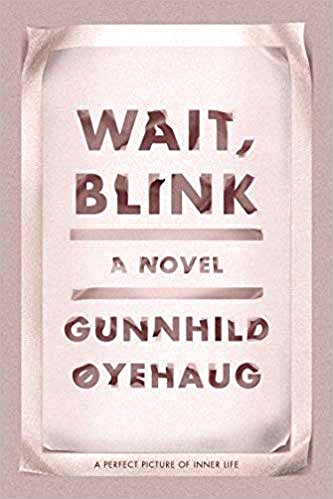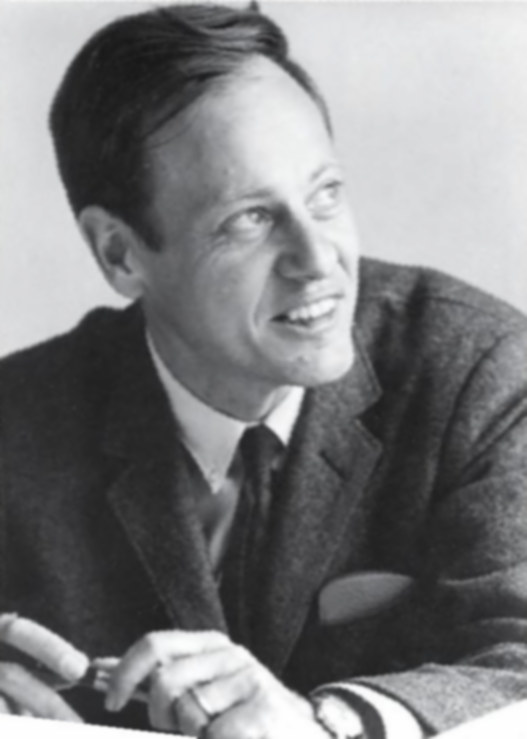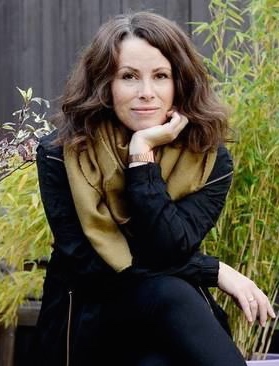“I’ve allowed myself to love someone, what a mistake,” what a clichéd sentence, what a cliché of an experience, what a cliché that he should say that, it sounded like a script, the end of a film, which he then followed up with an email that said, “This won’t work. I’m a crater, and you are too. And crater plus crater doesn’t work.” What a cliché, what a cliché! [but] she’d hoped he would turn up all the same….”—Trine, an artist.
 In her debut novel, just translated and published in English, Norwegian author Gunnhild Oyehaug explores many facets of love among three different women and their lovers, a novel which led in her own country to her involvement with the acclaimed film “Women in Oversized Men’s Shirts” in 2015, based on a repeating image throughout this novel. Here men believe that women in oversized men’s shirts – and little else – are inherently attractive, and most of the female characters find themselves in oversize men’s shirts or pajama tops at some point in the novel as they search for the perfect love. The primary character, Sigrid, a literature graduate, has an inner life that “seems luminous, only not many people have seen it, her secret, sparkling life.” For certain, her present love, Magnus, an older man, does not recognize it. Just recently, twenty-three-year-old Sigrid was wandering around the city, and rather than face going into a café alone, she decided instead to go to a bookshop, where she randomly chose a book with the “life-affirming” title An Empty Chair, and when she looked at the picture of the author on the back, “she met the eyes of the author, Kare Tryvle. Yes, that was exactly what happened she felt that he met her eyes…[and] it was as if they saw deep inside her…saw her infinite loneliness [that] had been there in the bookshelf. Eyes that seemed to say: hello you.”
In her debut novel, just translated and published in English, Norwegian author Gunnhild Oyehaug explores many facets of love among three different women and their lovers, a novel which led in her own country to her involvement with the acclaimed film “Women in Oversized Men’s Shirts” in 2015, based on a repeating image throughout this novel. Here men believe that women in oversized men’s shirts – and little else – are inherently attractive, and most of the female characters find themselves in oversize men’s shirts or pajama tops at some point in the novel as they search for the perfect love. The primary character, Sigrid, a literature graduate, has an inner life that “seems luminous, only not many people have seen it, her secret, sparkling life.” For certain, her present love, Magnus, an older man, does not recognize it. Just recently, twenty-three-year-old Sigrid was wandering around the city, and rather than face going into a café alone, she decided instead to go to a bookshop, where she randomly chose a book with the “life-affirming” title An Empty Chair, and when she looked at the picture of the author on the back, “she met the eyes of the author, Kare Tryvle. Yes, that was exactly what happened she felt that he met her eyes…[and] it was as if they saw deep inside her…saw her infinite loneliness [that] had been there in the bookshelf. Eyes that seemed to say: hello you.”
Kare, the author to whom Sigrid is instantly attracted, is forty-three, and he has just broken up with Wanda, his girlfriend of the past three years. Speaking as the “entertainment” at a business conference in Bergen, where Sigrid lives, Kare appears wearing worn jeans, a hoodie, and new blue Adidas, and he makes his audience of “suits” laugh with his statement that everyone has the perfect golf swing inside – you just need to find it – and it is not always simple (not exactly a new idea). He then picks up a book that he has written himself and starts to read to his audience, mentally questioning the authenticity of his observations, even as he keeps reading. At the same time and in another place, film director Linnea, age twenty-seven, is wearing an oversized man’s shirt belonging to Goran Faltberg, professor of comparative literature at Uppsala University, standing in front of a window of a hotel in Copenhagen, though Goran is not with her. Instead, shy Robert, her producer, appears at her door, while Goran, at this moment is home in bed with his wife.

Hotel Norge in Bergen, Norway, where Kare is holding forth about literature to a group of “suits” in the early pages of the novel.
Trine, age thirty-two, is an artist in Oslo, someone who has thrown her whole self into her life and art, with no regrets. Seventeen months ago she had seduced Knut, whom she believed she loved, but now thinks was a mistake, noting, as she thinks, that this is a clichéd sentence. In the same time frame, she had attended an exhibition “where she’d been part of the opening, with her performance ‘half naked, half dressed,’ out in the foyer wearing a straitjacket on top and a G-string below. Now, by contrast with those days, she drinks practically nothing, does not smoke, and doesn’t kiss anyone, nor has she ever done so since she found out she was pregnant seventeen months ago.

Sofia Coppola, author of the Best Original Screenplay for LOST IN TRANSLATION in 2003. (Photo by Ian Gavan/Getty Images)
A change of time period to ten years previously, in 1998, also introduces yet another new character in Viggo, who lost a gold tooth when he had an accident while cycling to his grandmother’s funeral. The tooth went down a drain, where it was gobbled by a salmon on the way to Greenland. Ten years later it would be discovered when the salmon was caught. With little transition, the action returns to the present with Sigrid, the literary grad student, who is working with Sofia Coppola in the film “Lost in Translation,” which features Charlotte, a woman walking around in an oversized man’s shirt, played by Scarlett Johansson. Within the next few pages, Kare, Linnea, Robert, Goran, Viggo, Sigrid, Kare’s ex Wanda, and Trine all have vignettes, independent of each other, in sometimes different times, places, and circumstances, which do not overlap.

Paul de Man, mentioned several times throughout the novel, was a Belgian literary critic famed for including philosophy and the “epistemological difficulties inherent in any textual, literary, or critical activity.”
What these vignettes do have in common is a tendency for the characters to be supremely self-conscious, self-absorbed, and even “cute,” as they try to connect their own thoughts to those of important people in literature. Dante’s Divine Comedy with its quotation on the Gates of Hell appears several times in vignettes by different characters, as do many references to Franz Kafka’s The Castle. Virgil’s Aeneid and Virginia Woolf’s Mrs. Dalloway occupy space with poems by Olav H. Hauge and Richard Brautigan. One character gives a lecture on Don Quixote as the first novel ever written. Paul De Man, a Belgian literary critic famed for including philosophy and the “epistemological difficulties inherent in any textual, literary, or critical activity” are mentioned several times by various characters. “Absurdity carried to extremes even for absurdity” is discussed by some characters at the same time that other characters are intensely over-analyzing subjects like love, or entering dream worlds and experiencing “a sudden revelation as to the inner being of stars.” And one writer, particularly fond of George W. Bush, is determined to include scenes of him and his father on a golf course as part of a serious writing project.
As can be seen in these examples, Gunnhild Oyehaug does not lack for imagination, literary credentials, or intelligence. The book is great fun as often as it is annoying for its extreme self-consciousness. Ironies abound, even including what constitutes a cliché, as seen in the opening quotation of this review and some of the events and descriptions which follow. The never-ending and problematic love stories, all involving women between twelve and twenty years younger than their lovers (for reasons not even hinted at by the author) are strangely off kilter much of the time, though these “intellectual” characters take great delight in analyzing them to death. The academic and literary population and those who take them seriously are presented as serious characters here, and it was only when I assumed the novel to be “absurdity carried to extremes even for absurdity” that I was able to work my way through it to the end.
Photos. The author’s photo appears on https://alchetron.com/
Hotel Norge in Bergen, Norway, where Kare is holding forth about literature to a group of “suits” in the early pages of the novel. https://www.agoda.com
Sofia Coppola, author of the Best Original Screenplay for LOST IN TRANSLATION in 2003. (Photo by Ian Gavan/Getty Images) http://www.hungertv.com
Paul de Man, mentioned several times by several characters throughout the novel, was a Belgian literary critic famed for including philosophy and the “epistemological difficulties inherent in any textual, literary, or critical activity.” https://thecharnelhouse.org
One character is determined to include George W.Bush and his father in a serious writing project. https://www.history.com/


